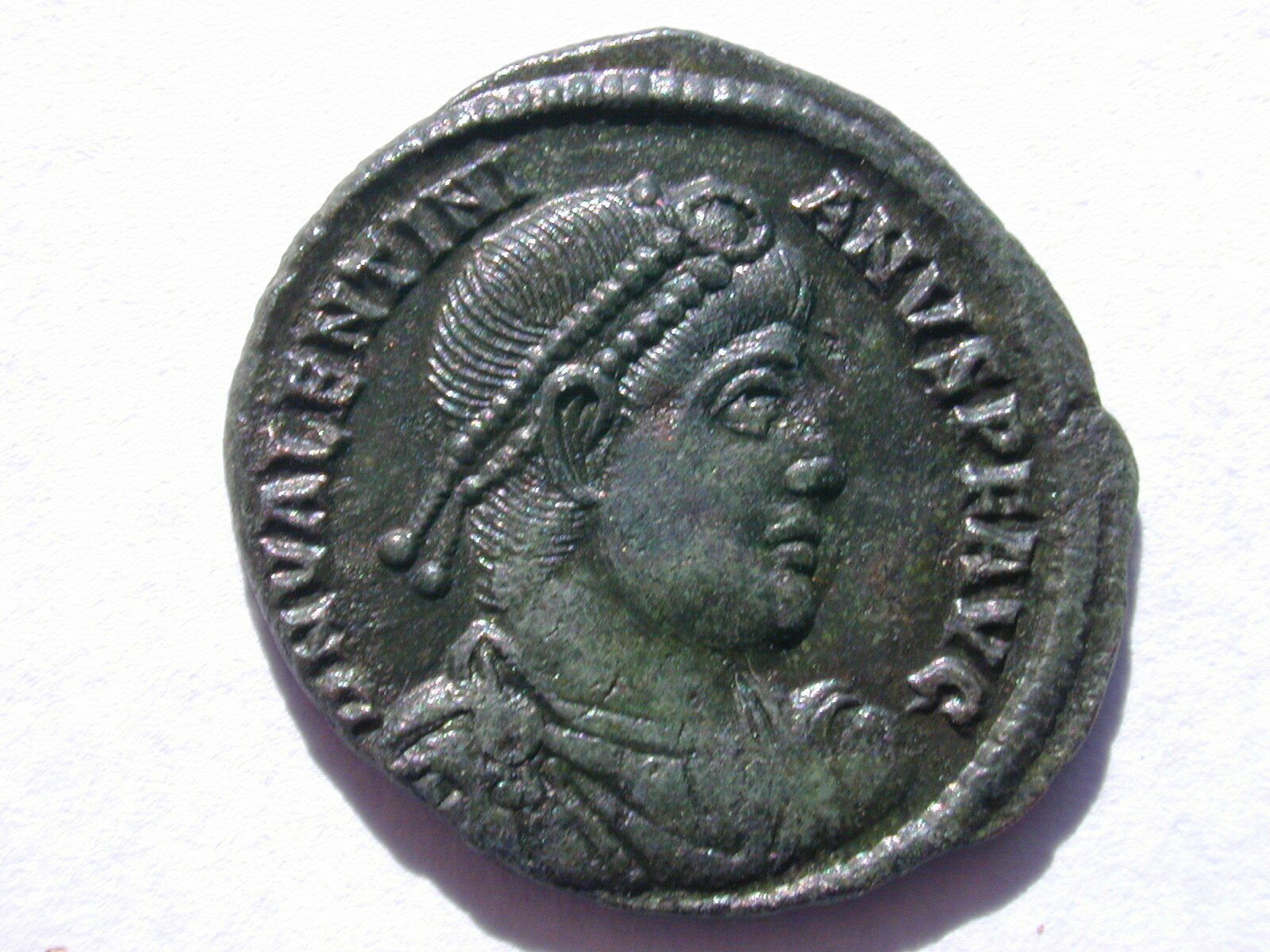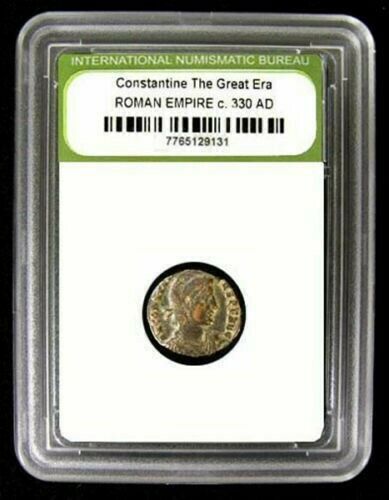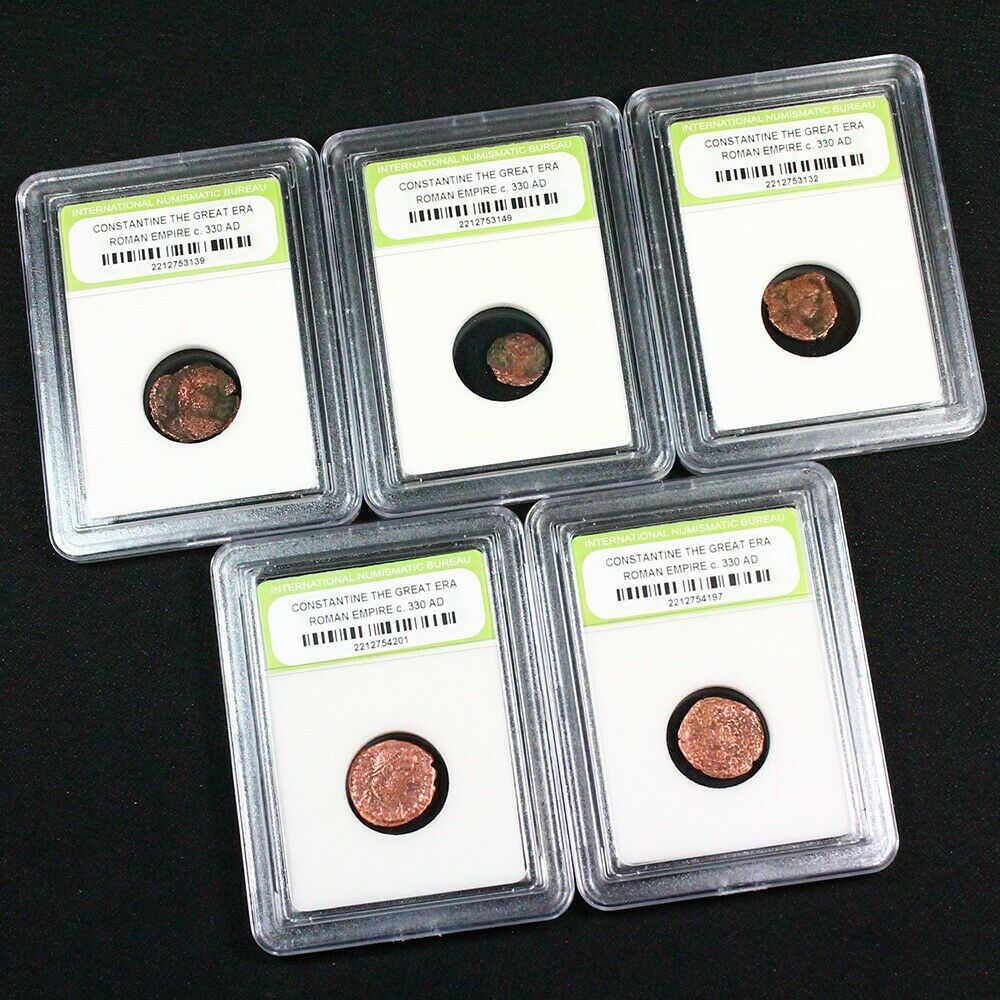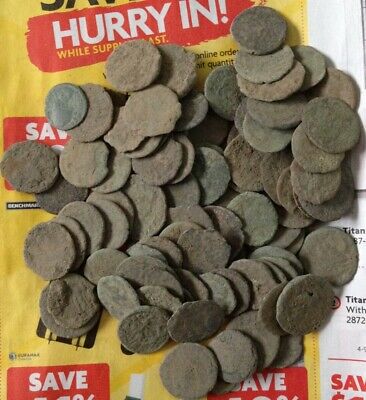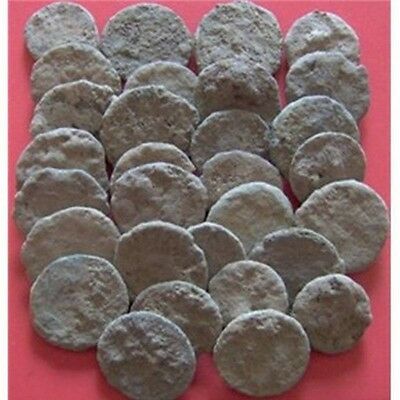-40%
VALENTINIAN THE GREAT ROMAN EMPEROR AE3 20mm 3g SERMIUM BEAUTIFUL RIC1X-28
$ 36.95
- Description
- Size Guide
Description
BREATHTAKING VALENTINIAN THE GREAT WESTERN ROMAN EMPERORAE3 20mm 3g 6h SERMIUM MINT
BEAUTIFUL CONDITION SOME SILVERING STILL ON COIN RIC1X-28
RATED SCARCE
EX-ROMAE AETERNAE
VOT V MVLT X BSIRM
DN VALENTINIANVS PF AVG VALENTINIAN DIADEMED DRAPED AND CUIRASSED
Flavius Valentinianus Augustus was born in 321 to Gratian the Elder (who was named Comes ‘Hero’ of Africa) and elder brother of Valens. Valentinian accompanied his father to Africa early on and joined the Army around 338, and became a tribune under Julian. He and his companions were blamed for an attack on Lugdunum (Lyons) and were exiled to Sirmium where he married Marina Severa and they had their 1
st
son, Gratian. When Julian and then Jovian died, Valentinian was acclaimed Emperor by the army in 364 and he selected his brother Valens as co-emperor. In 365, the Alemanni crossed the Rhine and Procopius revolted against Valens in the East. Valentinian and his 8 year old son accompanied by his army crossed the Rhine into Alemanni territory and won the Battle of Solicinium but suffered great losses. He survived the Great Conspiracy in Britain in 367 and restored it to the Empire and the rebellion of Firmus and the Quadi in Africa. However, during a meeting with the Quadi in 375 he became so enraged that he burst a blood vessel in his head and died. Valentinian had a violent temper and a brutal demeanor, but had good intentions and was a Christian. He banned the practice of magic, founded schools and provided medical services for the poor.
Sirmium was a city in Pannonia, 1
st
mentioned in the 4
th
century BC that was originally inhabited by Illyrians and Celts since 5000 BC and has been called the ‘Mother of All Cities’. It was conquered by Rome in the 1
st
century BC and became part of the Roman Province of Pannonia Inferior in 294 AD as well as one of 4 capitals of the Tetrarchy. In 379 it became part of the Diocese of Illyricum amd the seat of the Bishop of Sirmium and hosted 5 councils. It was conquered by Huns in 441 and then taken by the Goths and then the Gepids and was used as a mint by King Cunimund to strike his gold coins. In 567 it was retaken by the Eastern Roman Empire but in 582 was conquered and destroyed by the Avars. The Republic of Serbia declared it an Archaeological Site of Exceptional Importance in Syrmia in 1990.
